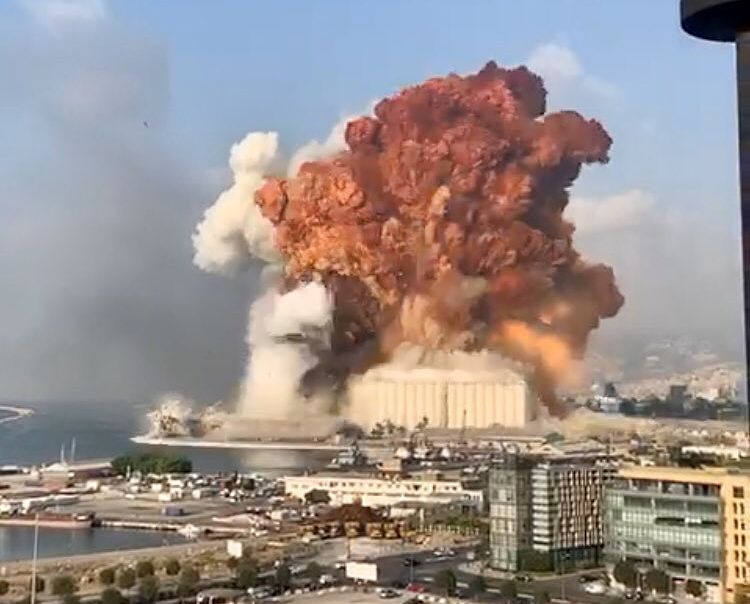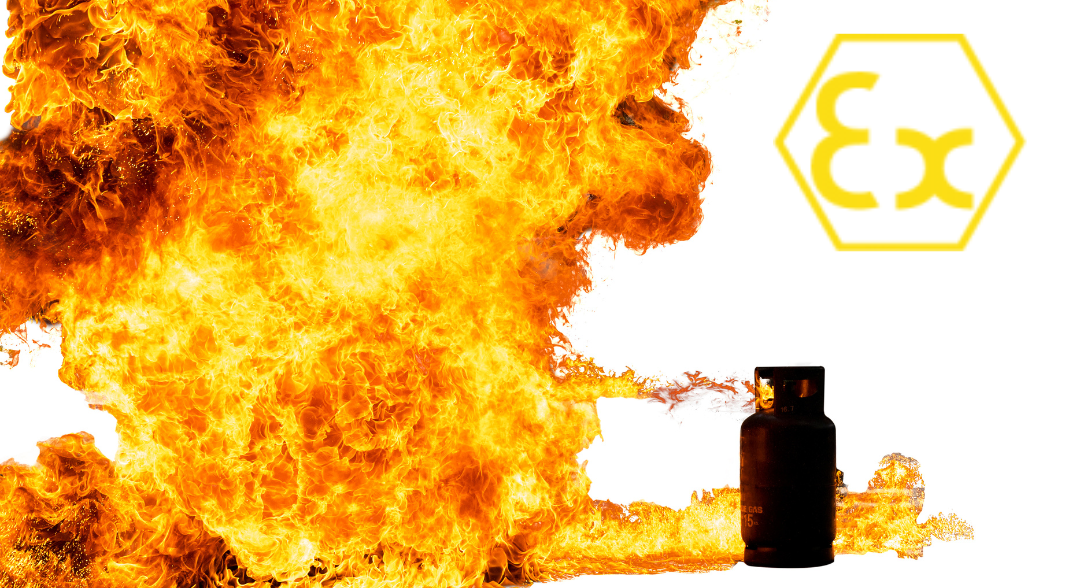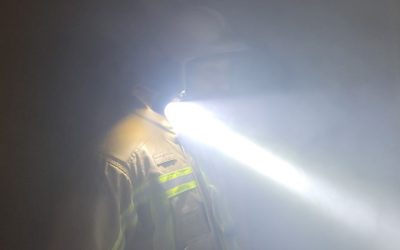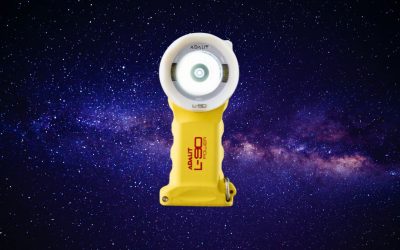One maxim that every professional should keep in mind is that safety comes first.
For a worker it is vital to know the risks involved in his working environment, and to use the appropriate equipment accordingly. If we talk about an industry, it can be more or less easy to determine which substances are present in its production process.
However, what happens when your environment constantly changes and it is impossible to know in advance what we are going to find?
This may be the case for emergency services. The range of scenarios in which they carry out their interventions makes it difficult to identify such risks. As a result, the most advisable is the use of equipment for explosive atmospheres with ATEX certification.
But, what is an explosive atmosphere?
It is a mixture with air, under atmospheric conditions, of flammable substances in the form of gases, vapours, mists or dusts in which, after potential ignition has occurred, combustion spreads to the entire unburned mixture.
And, what are the zones?
These are the areas in which explosive atmospheres can form and their classification will depend on the type of substance that originates it, the frequency with which it occurs and its duration.
- Zone 0/20: always, temporarily or often present
- Zone 1/21: occasionally present
- Zone 2/22: very seldom or only present for a short period
The list of flammable substances is very extensive and not only found in industries, but it is surprising how many surround us in our day to day: gasoline, butane, city gas, varnish, paints, aerosols, insecticides, sawdust, sugar, cocoa powder, milk powder, flour, textile fibres and so on.
A clear example that remains in everyone’s minds is the accident that occurred in 2020 in Beirut (Lebanon), when in a port warehouse that stored ammonium nitrate there was an explosion with devastating results.






